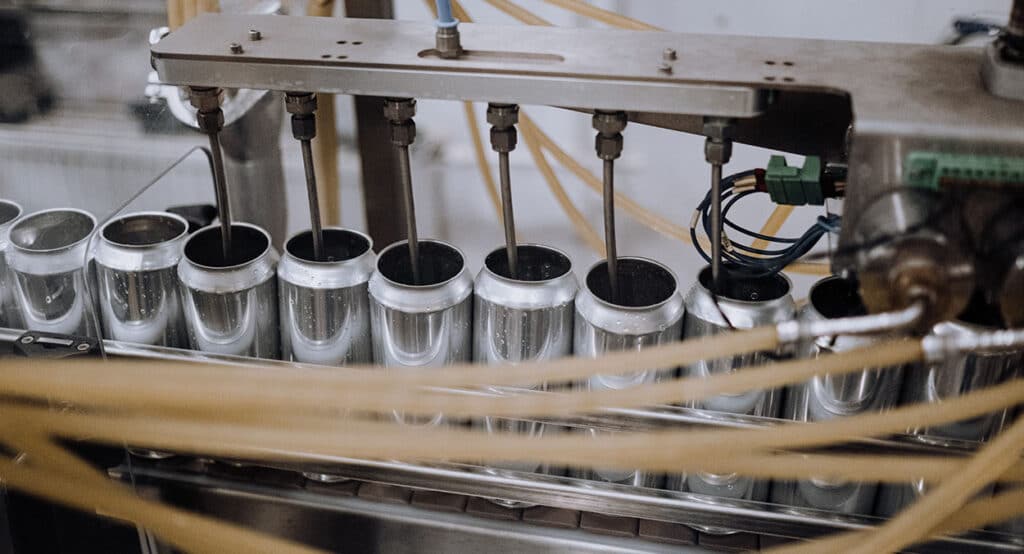Though manufacturing may seem like an unlikely target for cybercriminals, the wave of innovations driven by 5G connectivity and IoT technology open up vulnerabilities. Sitting at the center of the Fourth Industrial Revolution (4IR or Industry 4.0), manufacturing has incurred transformations that have it relying on technology like many other industries. This is where the need for cybersecurity in manufacturing comes in.
Manufacturing companies account for nearly a quarter of all ransomware attacks, followed by professional services with 17%, and government organizations with 13% of attacks.
In general, our old, complex, and formerly closed digital environments are being merged with increasingly interconnected and open ones. With the addition of IoT technology, the mechanical and electronic machinery in our factories has become a digital ecosystem. It takes not just power, but information to keep these advanced production lines moving. While it’s still true that one short pause in operations can be expensive, there’s now even more at risk: a data breach may expose identities, technology, physical processes, or intellectual property to potential theft or damage.
This multifaceted threat landscape is reflected in Deloitte and MAPI’s cyber risk in advanced manufacturing study, which identifies six key areas in need of cybersecurity protection:
- executive and board engagement
- talent and human capital
- intellectual property
- industrial control systems
- connected products and industrial ecosystem
In addition, two specific types of threats give manufacturers a place to start their security plans.
Ransomware Attacks
Without a robust custom security system in place that includes real-time monitoring, each IoT device in a manufacturer’s network becomes an endpoint that may be accessed without authorization. Any other information stored in that system, from customer information to intellectual property, is at risk.
These kinds of attacks are on the rise because today’s hackers are digital natives. They have been using advanced technology from a young age and now have unprecedented access to valuable information and systems with inadequate security.
Phishing Attacks
As vulnerable as IoT devices may be, humans will always be more susceptible to trickery. Cybint reports that 95% of cybersecurity breaches are caused by human error. Though many human roles in manufacturing have been automated, there are still plenty of people manning computers and other devices in this field.
And unlike ransomware, a phishing breach can go undetected for a long period of time, giving the hacker the freedom to cause more substantial damage.
What’s At Stake
Like other systems vulnerable to data breaches, identities and financial information are among the most valuable commodities to be found. And depending on what a manufacturer produces, hackers may demand a high ransom for seized systems or sell intellectual property to competitors. In some cases, bad actors may even cause reputational harm by exposing sensitive information or release malicious software to sabotage the company’s material and equipment.
Depending on the information accessed and the actions taken with it, an information security breach can cost the victim company up to $73 million dollars, on average. The benefits of racing to be the first to embrace new technology are far outweighed by the risk taken when those networks are not adequately protected.
Follow our blog to learn more about solutions for manufacturing cybersecurity. If you need answers now, let’s get in touch.

